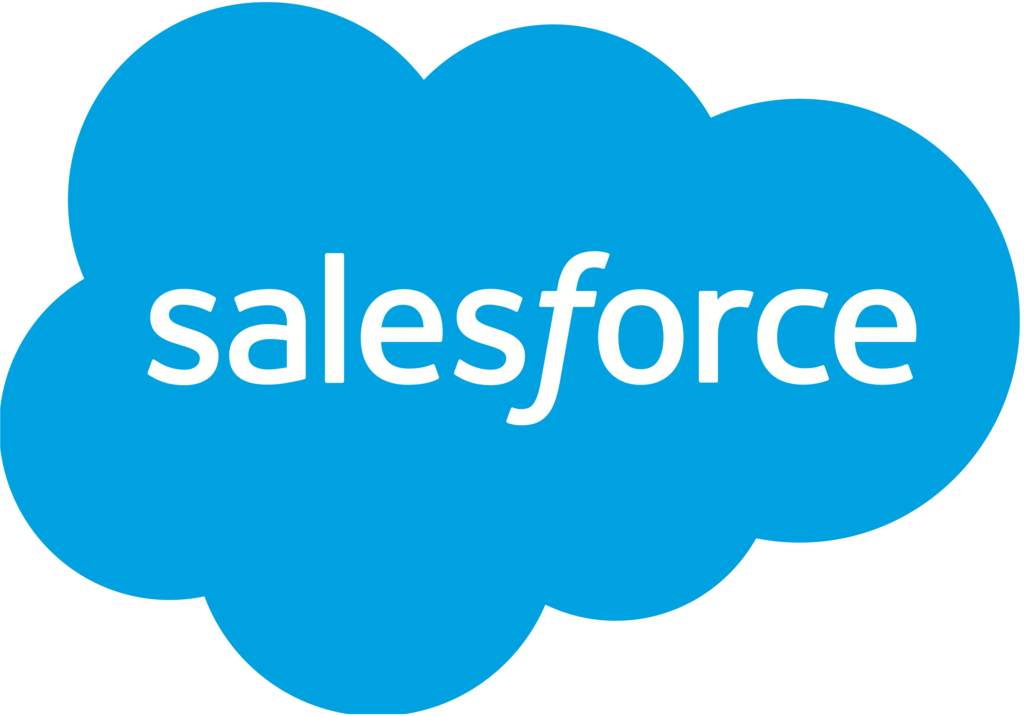Decisions
As a Salesforce customer you have likely been thinking about, discussing and maybe executing a transition from “Classic” to “Lightning.” When Parker Harris from Salesforce first pulled back the curtain on Lightning at Dreamforce in 2014 it was tabbed as a way to “exploit and reinvent everything you have ever done with Salesforce.” With that lofty ambition the ecosystem quickly began thirsting to get their hands on it and begin getting Lightning to their users as soon as possible.
Well as we all know now the glitzy debut didn’t quite have all the backend functionality necessary for orgs of any scale or complexity to use Lightning immediately. Fortunately now we are at a place where customers and partners are migrating, developing amazing components using the Lightning Design System and even highly custom orgs are leveraging the Lightning front-end. This current state of Lightning leads to three key questions for organizations:
- When should we migrate our org to Lightning or develop with the design system?
- Should we just migrate or should we look at this as an opportunity to rethink how Salesforce supports our business processes or our most complex data needs?
- How should we execute in terms of resources?
Let’s explore these questions based on our experience helping mid-market and enterprise Salesforce customers think through some or all of these over the past 24-30 months.
When?
Ventas Consulting was an early adopter of driving our full-time staff to gain expertise in Lightning. We’d like to think we had this grand vision and were ‘ahead of our time!’ But in reality it was our customers who drove us to think differently about how we could leverage Lightning Components long before they were standard.
In 2014, a long-standing Enterprise client asked us to develop bleeding edge tools that could help internal users as well as partner Dealers visualize key metrics in a way that didn’t look like Salesforce. Additionally there were requirements to be mobile friendly in terms of rendering and data manipulation. Two of our technical architects were forced to scour the market for developer tools that could ‘work’ inside Salesforce, but look and act differently with the data. After a lot of research we were able to to learn the technology behind the ‘new’ Salesforce1 mobile app. From there we were able to develop several ‘cool’ and award-winning components that met the unique requirements presented to us.
Because of this experience our initial thought when our customers ask us the when question is to say–”Well what are you waiting for?” But the reality is the decision on when largely depends on when you have the last two questions posed above answered. When you are sure you have your critical business processes defined (or updated) then it makes sense to make the shift. And of course, you need to have figured out the best way to resource dev or migration projects in order to plan and execute it.
Migrate or Reinvent?
Whenever we are asked to evaluate an org for Lightning the first thing we at Ventas want to understand is where can we add value to the internal team. Do you really need us to help you move? And if so where can we step in and help your internal staff and not just be “outside consultants.” We first want to understand are you simply migrating–or do you want to realign your org to match the business needs that exist today?
Another Enterprise Customer in Texas came to Ventas in 2015 to begin the Lightning conversation. Having an internal partner they were happy with they just wanted to understand another point of view on the Lightning dilemma for a large org with several complex areas. After agreeing that they didn’t need to hire a ‘new and unknown partner’ to simply move the standard objects, profiles, etc. the conversation focused on reinventing Salesforce as they moved to Lightning. With a capable, experienced internal team and a partner who knew their org intimately, perhaps a fresh set of eyes could transform some areas that users were frustrated with.
After discussions, proof of concepts, focus groups and many requirements sessions Ventas was able to redesign a couple critical areas of their org. Working hand in hand with both internal resources and their existing partner as they migrated to Lightning Ventas was tasked with two critical projects: First we designed and built multiple home pages by user role full of components users had been asking for. And secondly we re-designed and built their most heavily used object/process across all business lines. Using Lightning Components to visually walk users through processes with multiple variances we were able to streamline the user experience–and provide visual and data insights leaders need in real-time to make business evaluations. Currently we are tackling the most complex custom object in the org, one that is heavy with many new regulatory requirements. The goal is to use components to show/hide data needs based on decision logic. With so many regulations to consider there is a huge need to leverage the power of visuals in Lightning so as to not overwhelm users with data entry.
This example demonstrates the fact that moving to Lightning doesn’t just have to be a technical exercise. Take the opportunity to understand where your business is–and how you can impact that with Salesforce.
Who?
As a technical consulting partner whose employees all live and work full-time in the region we support (Texas) we at Ventas of course think we could help all Salesforce customers in our footprint. But the reality is we aren’t a fit for all projects or Salesforce customers. The customers we engage in conversations with about Lightning development almost always have capable internal teams. And if the roadmap can be met with internal developers who are proficient in Lightning then our conversation is usually quite succinct. But our experience tells us there are a few situations where having a conversation with an external partner may be worth a few minutes. These include:
- Your project flow looks daunting and resources will be strapped
- You want an alternative look at a business process and how it could be handled with Lightning
- You have a one-off project that is development heavy but you don’t want to burden your internal resources with
- You want assistance in thinking through the cadence of Lightning Migration or development
If any of these conditions exist today or in the future, we would invite you to talk to us and share ideas.
by Scott Yarmuth, 11.24.18



